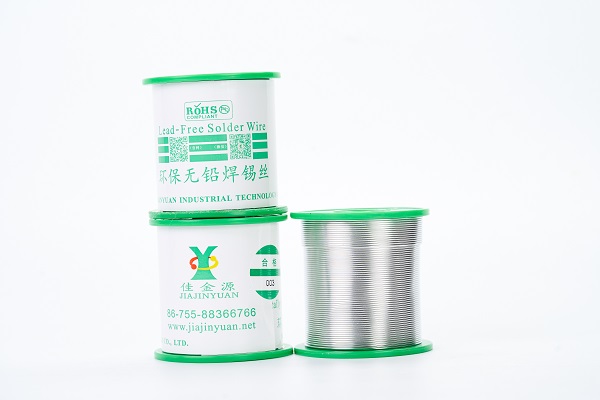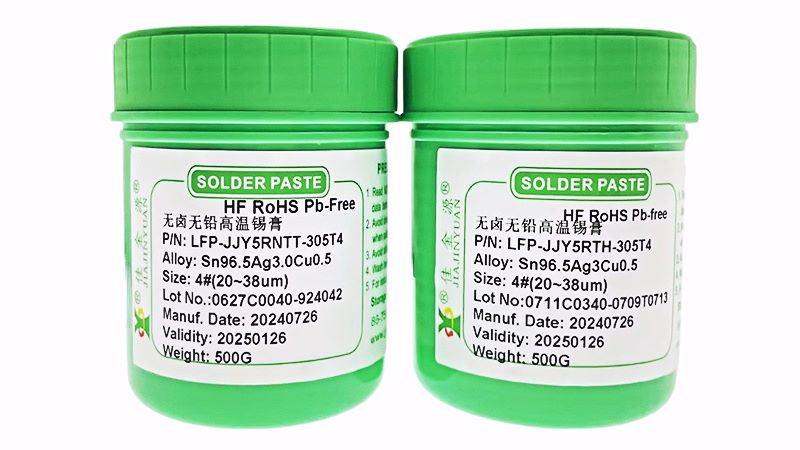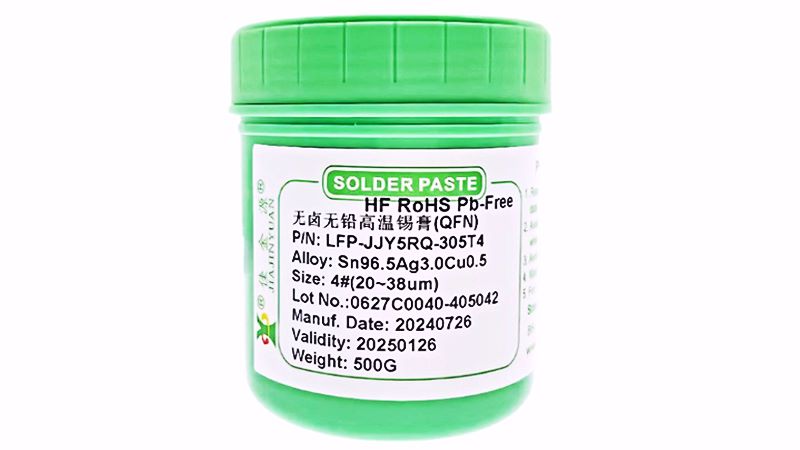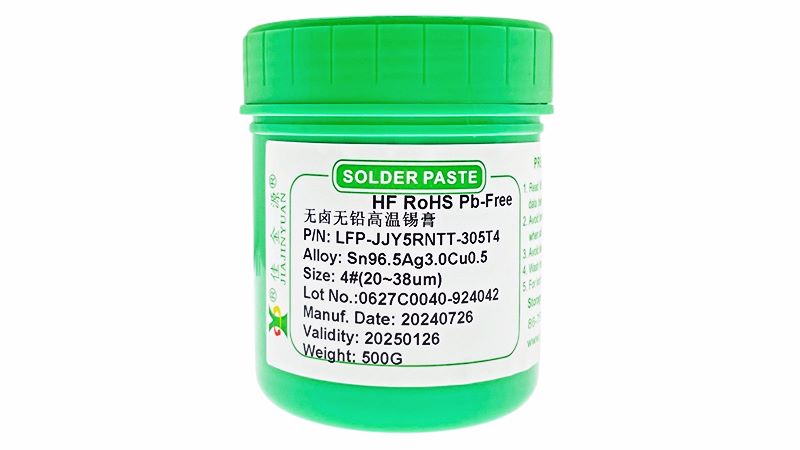Nowadays, society is developing at an increasingly rapid pace, and the production of electronic products is becoming more and more widespread. The required product specifications and various requirements are relatively high, and there are also many types of products. Many people ask that there are many types of solder wires, and the common ones are leaded and lead-free.Solder wireWhat's the difference between leaded and lead-free? Now, let's take a brief look together with JJY Tin Wire Manufacturer:

Lead-free solder wire and leaded solder wire, literally speaking, are one that does not contain metallic lead.Pb),One containing metallic leadPbTherefore, the functions and applicable environments of the two types of solder are also different.
Lead-free solder wire also contains a very small amount of lead. At present, there are no completely pure metal products. Solder wire that generally does not contain lead is called lead-free solder wire. Lead-free does not mean completely free of lead; it simply means having a relatively low lead content, which can be roughly regarded as lead-free. The standard for lead-free in EU countries is: lead content1000ppm. Considering that the subsequent processes of welding are still very likely to cause further contamination, in order to ensure that the finished products of customers meet the EU standards, the lead content of the solder wire is generally much lower than this specification. JJY lead-free solder wire usually has a lead content250ppmThere is also a lead content100ppmYes.
Highlights:
1To avoid the evaporation of toxic substances during welding and to prevent the adverse effects on the environment and human health after the product is scrapped and discarded.
2Reduce the contact resistance at the soldering point. Higher-grade lead-free solder wires also contain a small amount of silver.0.3or3.0%"
3The solder joints are smooth, durable, beautiful, firm and reduce the resistance between components.
The common proportion of leaded solder wire is tin.Sn)63%LeadPb)37%. Adding lead to solder can reduce its melting point. The melting point of pure tin is232℃And the melting point of this type of solder wire is183℃Reducing the melting point not only prevents the board from being damaged by high temperatures but also alleviates the situation where the soldering iron tip is "burned out" under continuous high temperatures (the "burned out" soldering iron tip is black and will no longer be tinned, thus it cannot be used again). In addition, lead can enhance the working capacity of tin, reduce the situation of empty soldering, expand the contact area of the tin solution, and is beneficial to improving the quality of soldering.
In summary, if the board cannot withstand high temperatures and the sales area of the product does not have strict EU regulationsRoHSAccording to the requirements of the environmental protection directive, then we can choose leaded solder wire. If our products need to meet strict EU requirementsRoHSIf environmental protection directives require higher performance and the components can withstand corresponding high temperatures, then we can choose lead-free solder wire.
As a well-established solder wire manufacturer with a history of fifteen years, JJY has been committed to the research and development, production and sales of solder wire. Our products are of stable quality and are made of high-purity primary refined tin, electrolytic copper, pure silver and other materials. The element impurities are few, the degree is sufficient, the surface of the tin wire is bright, the winding is uniform and there is no tangling. The rosin flux is evenly and continuously distributed, with no continuous rosin. The soldering speed is fast, without sharp edges or splashing. The soldering wettability is good, it is easy to solder, there is no bridging, the solder joint is bright, full, firm, and has good electrical conductivity. Solder wires of suitable height can be customized as needed. If you have any needs, please feel free to contact us.





 Tel:+86 0755 88366766
Tel:+86 0755 88366766 Phone:+86 18938660310
Phone:+86 18938660310 Email:sales@jjyhanxi.com
Email:sales@jjyhanxi.com Address:13/F,12/F, Building No. B,Qinghu Technology Park,Qingxiang Rd.,Qinghu Community, Longhua Subdistrict,Longhua District,Shenzhen City,GUANGDONG Province,P.R.C.(518027)
Address:13/F,12/F, Building No. B,Qinghu Technology Park,Qingxiang Rd.,Qinghu Community, Longhua Subdistrict,Longhua District,Shenzhen City,GUANGDONG Province,P.R.C.(518027) Guangdong Public Security Backup 44030902002666 name
Guangdong Public Security Backup 44030902002666 name
 WeChat
WeChat WeChat official account
WeChat official account
